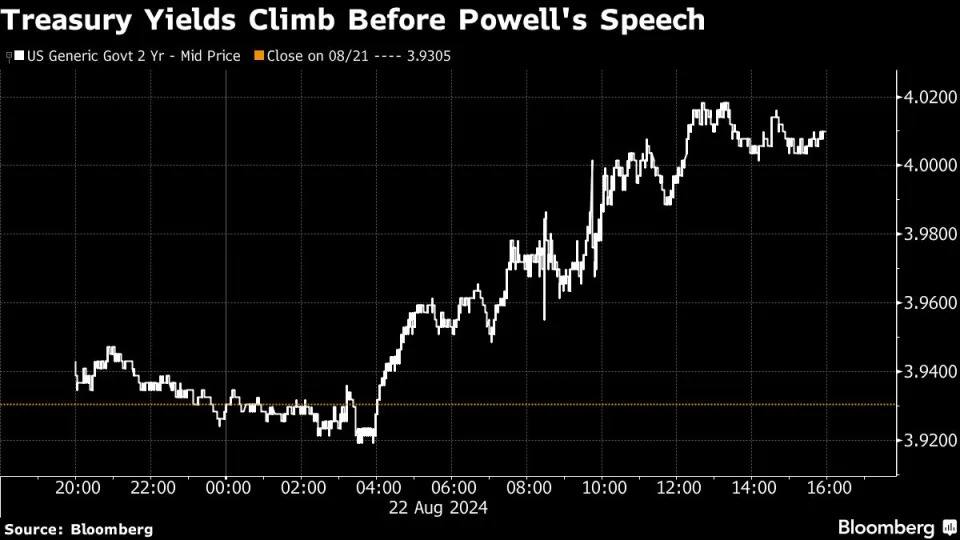Few events hold as much influence over Bitcoin (CRYPTO: BTC) as its halvings . Occurring roughly every four years, they form the foundation of Bitcoin's monetary design.
Bitcoin's halvings -- reducing the reward for mining -- have led to consistent, recognizable patterns over the years since its 2009 launch. While past performance doesn't guarantee future outcomes, the reliable nature of the halvings' intervals provides useful data points for investors. The next halving won't take place until 2028, and understanding these patterns could shed light on potential market developments between now and then.

What are Bitcoin halvings and why do they matter?
Every 10 minutes or so, a new "block" is created on the Bitcoin blockchain. A Bitcoin halving occurs every 210,000 blocks, which roughly translates to once every four years. When these events occur, the rewards in new Bitcoin that miners receive for processing transactions and securing the network are cut in half, decreasing the rate at which new Bitcoin comes into circulation.
When Bitcoin was first launched in 2009, the block reward was 50 BTC. The first halving in 2012 reduced it to 25 BTC, followed by 12.5 BTC in 2016, and then to 6.25 BTC in 2020. This year's halving reduced the reward to 3.125 BTC per block, sending Bitcoin's annual inflation rate to less than 1%. This process will continue until 2140, when the last Bitcoins will be mined.
The halving is a deliberate feature of Bitcoin's protocol, designed to control inflation and ensure that the total supply of Bitcoin that can ever exist is capped at 21 million. By reducing the rate at which new Bitcoin is created, the halvings exert upward pressure on Bitcoin's price, assuming that demand remains constant or increases. Historically, this deflationary mechanism has been a key driver of Bitcoin's price appreciation, as it introduces scarcity into the market.
What could happen before the next halving?
So what could happen between now and the next halving predicted for 2028? Well, for now, it appears that the market is in a bullish trend and has yet to hit a peak. Cryptocurrency analyst Benjamin Cowen compared Bitcoin's price movements across the last three cycles in the chart below, and his analysis suggests that the current market still has room to grow.
If past trends hold, this bull market could see a peak sometime in 2025. While predicting the exact price is challenging, it's reasonable to expect that Bitcoin could achieve a significant increase from its current levels.
But eventually, what goes up has to come down. As euphoric as the peak periods of Bitcoin bull markets can get, painful and brutal crypto winters usually set in just as fast.
For example, during the last market cycle, Bitcoin fell from a high of $68,000 to $34,000 in just two months, eventually bottoming out at $16,000 by late 2022. This type of volatile price action has been consistent across previous cycles and could very well repeat as we approach 2026 and 2027.
But history tells us that periods of contraction are often followed by new phases of growth and there's reason to believe that 2028 could be a year when Bitcoin once again rises from a crypto winter.
Navigating Bitcoin's cycles
While no one can accurately predict the future, Bitcoin's historical patterns are difficult to dismiss and offer valuable insights for investors. Understanding these cycles can help investors navigate Bitcoin's volatility, recognizing it as part of a broader trend toward higher prices over time.
Although the current bull market has likely yet to hit a peak, it will eventually give way to a bear market. But if there's anything history has taught us, it's that these periods present opportunities to accumulate the cryptocurrency at lower prices, positioning investors for potential gains as the next halving gets closer.
Before you buy stock in Bitcoin, consider this:




